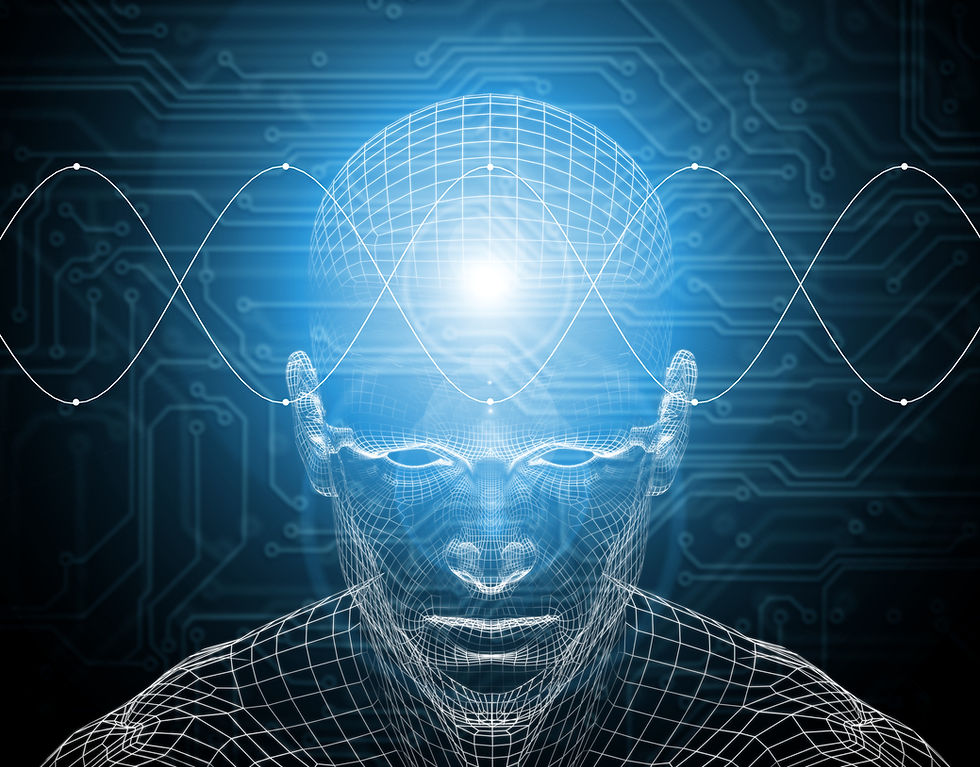AI Is Amazing - But It Will Never Replace the Human Touch of a Designer
- John Gaulton
- 7 days ago
- 2 min read
Everywhere you look, AI is shaking up the creative world. Need a logo concept? AI can spit out 20. Need a mood board? Done in seconds. Need an illustration? Just type a prompt.
It’s fast, it’s impressive, and honestly… it’s exciting.
But here’s the truth no algorithm can escape:
AI can make things. Designers make meaning. And that difference is everything.
In a world full of automated creativity, the role of the human designer is not going away. It is becoming even more important.

AI Is Great at Patterns. Designers Are Great at Purpose.
AI is trained on what already exists. It recognizes trends, styles, and patterns - and it’s brilliant at remixing them.
But it doesn’t understand why a design works.
Designers, on the other hand, think in:
What is this design for?
What emotion should it create?
Who will interact with it?
How should it guide, comfort, inspire, or persuade?
A machine can output a layout. A designer crafts an experience.
Empathy: The Human Advantage AI Can’t Fake
Design is ultimately about people. People with emotions, frustrations, hopes, cultural backgrounds, and unconscious biases.
AI doesn’t feel, so it can’t design for feelings.
Human designers:
Listen
Observe
Read between the lines
Notice what a client means even when they can’t say it
Understand subtle nuances of culture and communication
This empathy is the invisible thread that makes design resonate.
Real Creativity Requires the Human Leap
AI generates based on the past. Humans create for the future.
Designers break rules, invent trends, and imagine the never-before-seen. Creativity is not just about combinations. It involves vision, curiosity, and sometimes a bit of madness that no dataset can create.
Clients Don’t Want a File. They Want a Partner.
When a business hires a designer, they aren’t just buying artwork. They’re buying:
collaboration
strategy
guidance
storytelling
clarity
trust
AI can’t ask questions, challenge assumptions, interpret feedback, or build a long-term brand voice.
Designers aren’t being replaced - they’re becoming even more valuable as strategic partners.



